Welcome to Week 2 of the Shape-Up Challenge! So you’ve gotten your physician’s clearance, you have the proper gear, and you’re ready to add an exercise program to your medical weight loss plan. Congratulations! But don’t forget the basics. Below, we lay out some considerations for before and after your exercise session.
Warming up: Warming up before you exercise is an important part of your workout. Research shows that those who warm up have both reduced risk of injury as well as improved athletic performance. Warming up helps loosens muscles and tendons, and increases core body temperature, preparing you for exercise. But it’s important to do the right kind of warm up. For exercise like walking, jogging, or swimming, the Mayo Clinic suggests simply doing the exercise you are going to do but at a slower pace and reduced intensity. For example, walking slowly for a minute or two, and then gradually increasing your pace for 5 to 10 minutes or so, will help warm you up for a brisk walk. A brisk walk can help you warm up for a more intense jog or run. The American College of Sports Medicine (ACSM) suggests warming up for 5 to 10 minutes before aerobic activity. Your physician or sports physiologist can give you more specific warm-up activities for the sport or workout you’re pursuing.
Cooling down: Cooling down after exercise is also an important part of your workout. The ACSM suggests gradually decreasing the intensity of your aerobic workout, and then stretching to cool down for 5 to 10 minutes. The Mayo Clinic also recommends stretching as a way to increase blood flow to your muscles and to possibly reduce the risk of injury. However, they caution that stretching should never be to the point of pain, bouncing should be avoided, and sudden or aggressive stretching can cause or worsen injury. As you introduce warm ups and cool downs into your exercise program, you may also find that warming up mentally prepares you for exercise, and that a cool down is a relaxing way to end your workout. Also, remember to ask your physician or exercise physiologist to provide specific warm-up or cool-down recommendations that will be best for you.
Eating for Exercise: There are lots of misconceptions about what and how much to eat before exercise. Generally speaking, if you’re performing a low-intensity exercise (for example, walking) you don’t need to worry about timing your eating with your workout. If you’ve eaten a meal within a few hours of your walk, you should be fine. If you’re working out first-thing in the morning, try going straight to the gym or outdoors to exercise before eating anything, if possible. That way you’ll expend less energy digesting your food and more energy stimulating muscle growth and giving your metabolism a boost! Just make sure you eat something right after you exercise. And, obviously, don’t work out just after you’ve eaten a larger meal (for example, dinner). Give yourself an hour or so to digest your food first.
Previous Articles:
Coming Soon:
Tips to Boost Your Metabolism
Shape Up Challenge: Week 3
